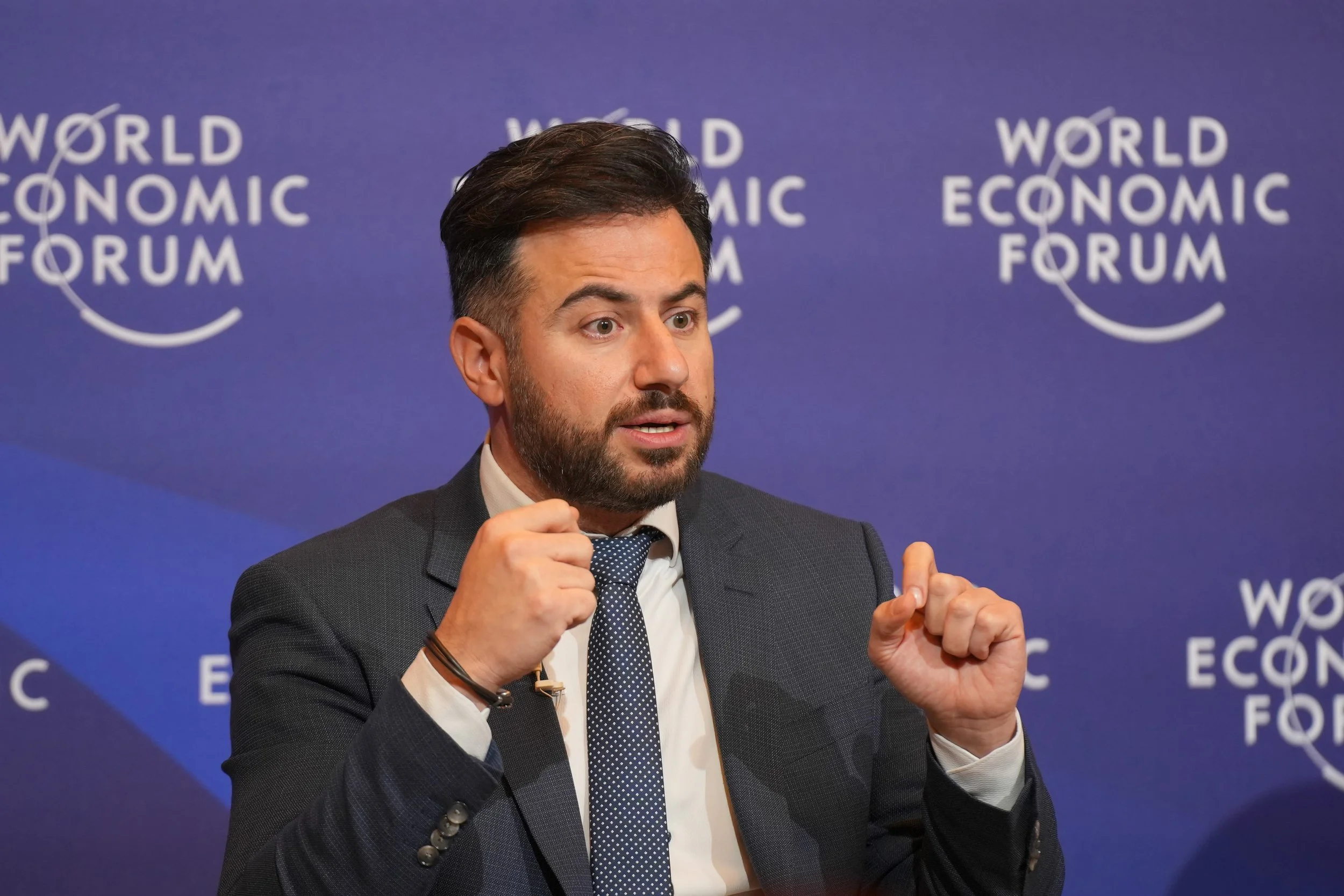New World Economic Forum Global Future Council on Soil and Land Health Advances Global Soil Agenda
From 14–16 October 2025, the Annual Meeting of the Global Future Councils (GFCs) from the World Economic Forum took place in Dubai, UAE. The GFCs are the World’s foremost multistakeholder and interdisciplinary knowledge network dedicated to promoting innovative thinking to shape a more resilient, inclusive and sustainable future. Each of the 37 Councils’ thematic insights are taken forward by the Forum’s ongoing initiatives, communities and meetings to ensure impact. The October meeting brought together over 500 global experts and 150 cybersecurity leaders to address the complex intersections of technology, resilience, and sustainability.
Soil health is vital to life on Earth—it’s the skin of the planet. Regulating water, nutrients and climate cycles essential for ecosystems. As the third largest carbon sink, after oceans and forests, healthy soil stores more than 1,500 billion tonnes of carbon globally, playing a critical role in mitigating climate change. Soil is also home to over 25% of the planet’s biodiversity, including microbes, fungi, insects, and other organisms that maintain ecological balance and support plant growth.
Beyond ecology, soil is the foundation of food and nutrition security. It anchors crops, influences their nutrient content, and determines agricultural productivity. Degraded soil leads to poor yields, malnutrition, and economic instability, especially in vulnerable communities. Healthy soil also filters water, reduces erosion and buffers against droughts and floods; functions that directly impact human health and resilience.
Promoting soil health means safeguarding our future.
The Global Future Council on Soils
The GFC on Soils was established by the World Economic Forum (WEF) as a strategic and timely response to the escalating global crisis of soil degradation. With over one-third of the world’s soils already degraded and desertification threatening food security, climate stability, and biodiversity, the council was formed to galvanize international action and innovation around soil health.
The formulation of this council was catalyzed by growing momentum from major global initiatives, most notably the UNCCD COP16 held in Riyadh in 2024, where soil health was elevated to a central theme in the global sustainability agenda. At COP16:
Soil was recognized not just as a natural resource, but as a critical infrastructure for climate resilience, water security and sustainable agriculture.
The conference introduced the first-ever financial needs assessment for land restoration, estimating that $2.6 trillion would be required by 2030 to rehabilitate over 1 billion hectares of degraded land.
This marked a turning point in how governments, businesses, and civil society approach land stewardship.
The GFC on Soils brings together a diverse group of experts—including scientists, policymakers, entrepreneurs and indigenous leaders to:
Advance interdisciplinary research on soil regeneration and carbon sequestration.
Promote scalable solutions for sustainable land management across sectors.
Inform global policy frameworks and investment strategies that prioritize soil health as a cornerstone of climate and food systems.
The GFCs are a new initiative that launched in 2025, and the GFC on Soils is Co-Chaired by Prof. Rattan Lal (Co-Founder of CA4SH, Distinguished Professor of Soil Science at Ohio State University and recipient of the 2020 World Food Prize, 2019 Japan Prize and 2025 Global Change Agent Award) and Andrea Meza Murillo (Deputy Executive Secretary of the United Nations Conventions to Combat Desertification). Also on the council sits Dr. Leigh Winowiecki (Global Research Theme Lead for Soil and Land Health at CIFOR-ICRAF & Co-Lead of CA4SH). The first-ever annual meeting was a historic moment with huge potential to ensure soil health is on the international and local agendas, to bend the curve on degradation.
Panel Session: Top 10 Emerging Technologies for the Planet
The 2025 Planetary Health Check confirms that humanity has exceeded seven of nine planetary boundaries, placing Earth’s natural systems under unprecedented stress. These breached boundaries – climate change, biosphere integrity, land-system change, freshwater use, biogeochemical flows, novel entities, and ocean acidification – indicate that human pressures are destabilizing key life-supporting systems that maintain global resilience.
On 15 October 2025, The World Economic Forum launched its flagship report, 10 Emerging Technology Solutions for Planetary Health, produced in collaboration with Frontier, highlighting how innovation can help restore balance within these limits.
On 16 October 2025, experts from across the GFC network participated in a panel discussion to explore the main opportunities for meeting these challenges through innovative approaches. Moderated by Sally Mousa, Senior Presenter, Forbes Arabia, United Arab Emirates, the panelists included:
Hanane Mourchid , Chief Sustainability and Innovation Officer, OCP Group, Morocco
Masami Onoda , Director, International Relations and Research Department, Japan Aerospace Exploration Agency (JAXA), Japan (ICRAF), Kenya
Leigh Ann Winowiecki , Global Research Leader, Soil and Land Health, CIFOR-ICRAF, Kenya and Co-led Coalition of Action 4 Soil Health (CA4SH)
Yousef Yousef , Chief Executive Officer, LG Sonic, Netherlands; Young Global Leader
One of the emerging technologies listed in the report is Soil health technology convergence: Restoring soils with sensors, microbes and AI, which was co-authored with Dr Rattan Lal. In the panel discussion, Dr. Winowiecki highlighted the critical importance of healthy soil as a climate and biodiversity solution. For example, soil is the most biodiverse ecosystem, with over 50,000 species in one teaspoon of soil, yet we only know about 1% of the biological life below our feet. Healthy soil also has the potential to store large amounts of carbon, contributing to climate change adaptation and mitigation. Machine learning can integrate soil data from multiple sources – including remote sensing tools, microbial profiles, satellite imagery and historical land use information – into decision-support tools. For example, the Land Degradation Surveillance Framework uses such tools to develop soil maps that inform action on the ground.
The presence of soil health in this high-level forum on investment, technology, and action, is an exciting and due achievement. Keep up to date with the GFC on Soils by subscribing to the CA4SH newsletter, and reach out to become a member!
Watch a recording of the session here
Photo Gallery









































